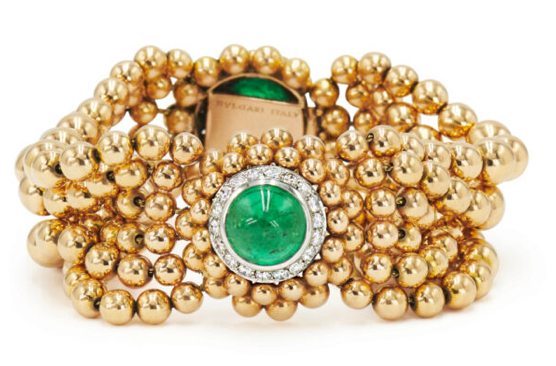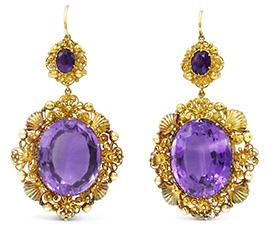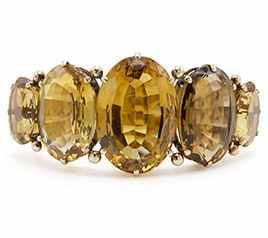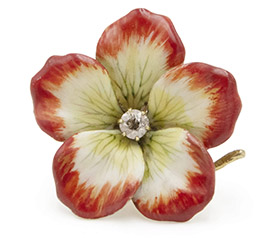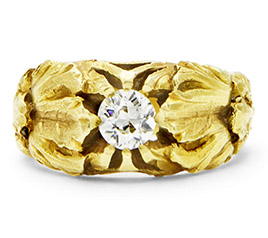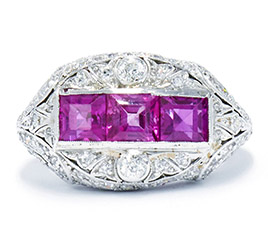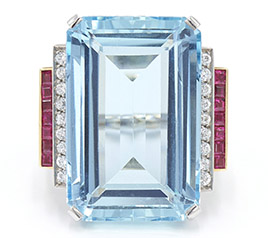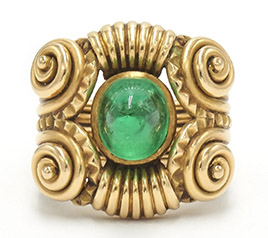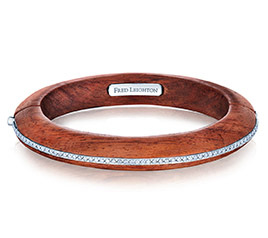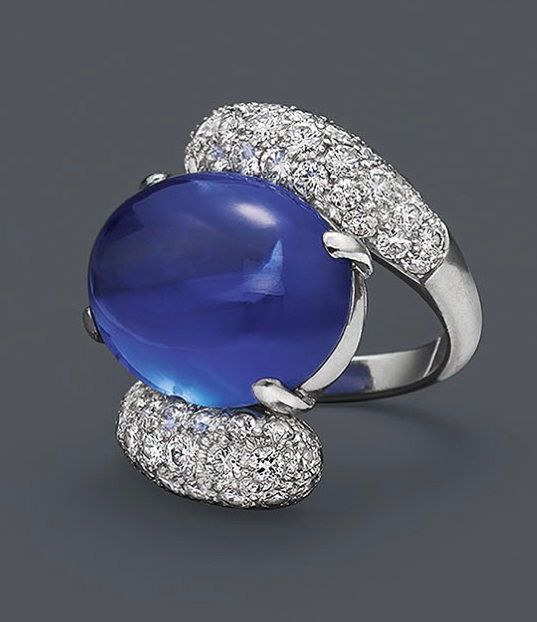- VINTAGE JEWELRY
-
INSPIRED JEWELRY
Main Menu
Signed Fred Leighton
Fred Leighton’s signature creations combine the design aesthetic of the past with the finest materials and craftsmanship of today. Each signed Fred Leighton jewel is at once collectible and wearable, curated to reflect the belief that great design is timeless and style is eternal.

-
- SHOP BY JEWELRY TYPE
-
JEWELRY TYPE
-
- TIME PERIOD
-
MAKERS
Main Menu
-
- JEWELRY MAKERS
-
JEWELRY TYPE
-
- about
There are no items in the Bag.
header search
LEARN MORE ABOUT SELLING YOUR JEWELRY
EMAIL REGISTRY
BY JOINING OUR MAILING LIST, YOU WILL HAVE ACCESS TO THE MOST IMPORTANT AND ICONIC JEWELS FROM THE GREATEST DESIGN PERIODS IN HISTORY.
CATALOG REQUEST
BY JOINING OUR MAILING LIST, YOU WILL RECEIVE CATALOGS FEATURING THE MOST IMPORTANT AND ICONIC JEWELS FROM THE GREATEST DESIGN PERIODS IN HISTORY.
SPEAK WITH CONCIERGE
SCHEDULE AN APPOINTMENT
CONTACT A DIAMOND EXPERT
Leram ispum Leram ispum Leram ispum Leram ispum Leram ispum Leram ispum Leram ispumSchedule An Appointment
We look forward to helping you find the perfect diamond design. Please let us know if you prefer to visit the Kwiat boutique at 773 Madison Avenue in New York City or speak with a boutique associate over the phone.CONTACT
CALL 212.288.1872
TEXT 646.679.5883
VISIT US 773 MADISON AVENUE AT 66TH STREET NEW YORK, NY 10065
Boutique Address 773 Madison Avenue Between 63rd and 64th New York, NY 10065
Home | shop | Bridal | Engagement Rings | Old European Cut Diamond Bypass Ring by Raymond Yard Style F-38067-FL-0-0

Book a Virtual Viewing
Preview any jewelry piece in a live, personalized video session from the comfort of your home.
Quick and Easy Financing Available
Pay for your order over 3, 6, or 12 months. Check your rate without leaving our site.
